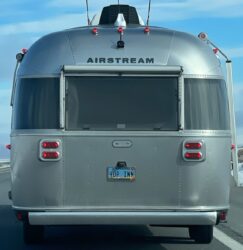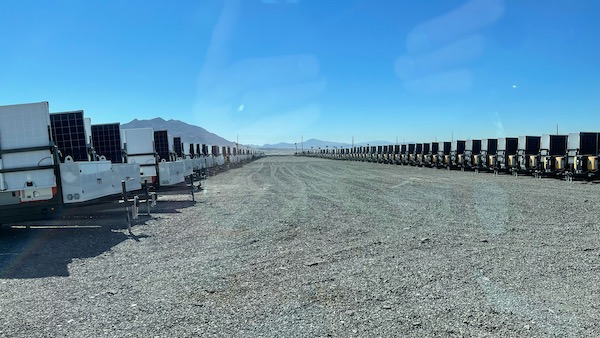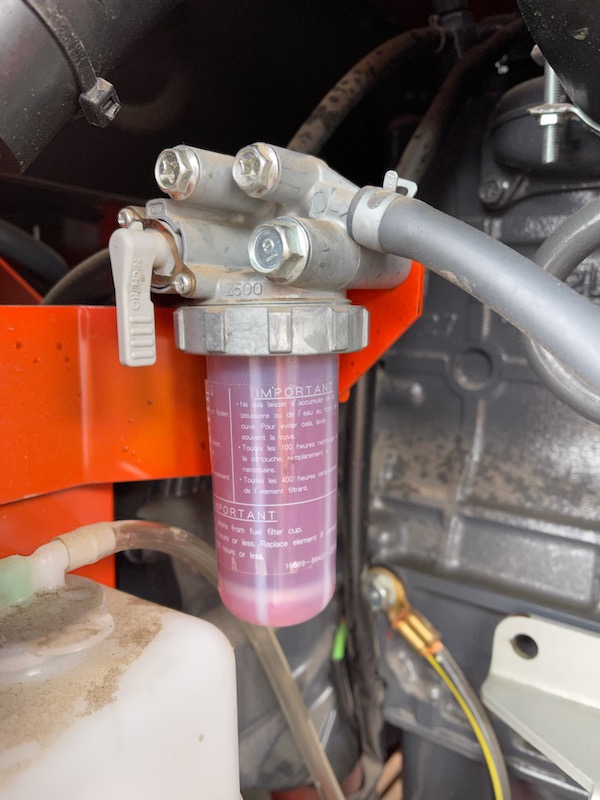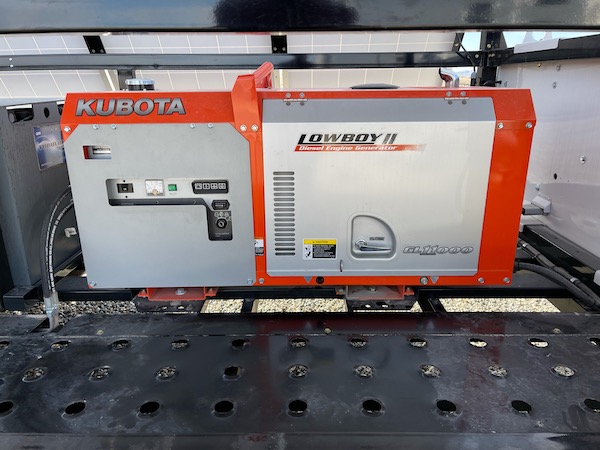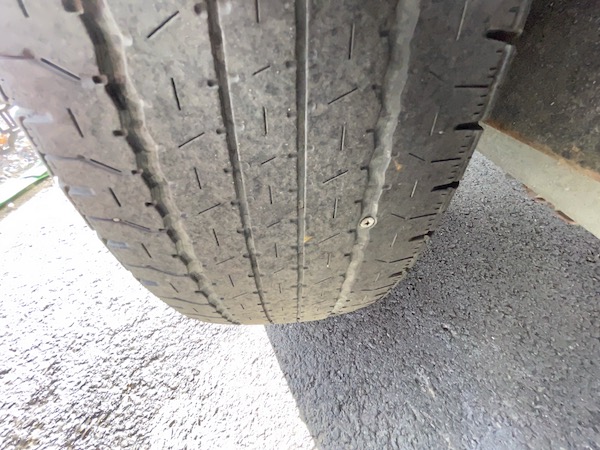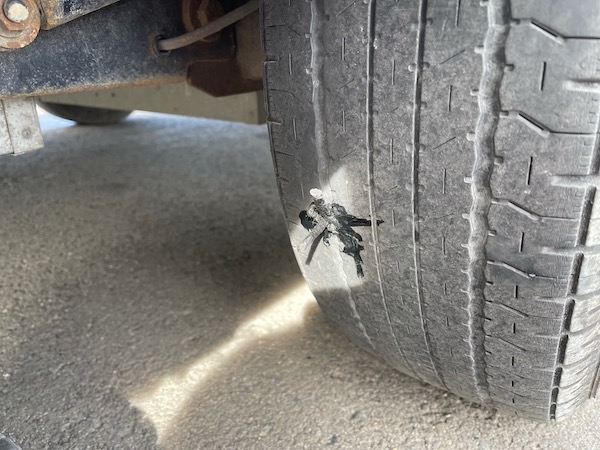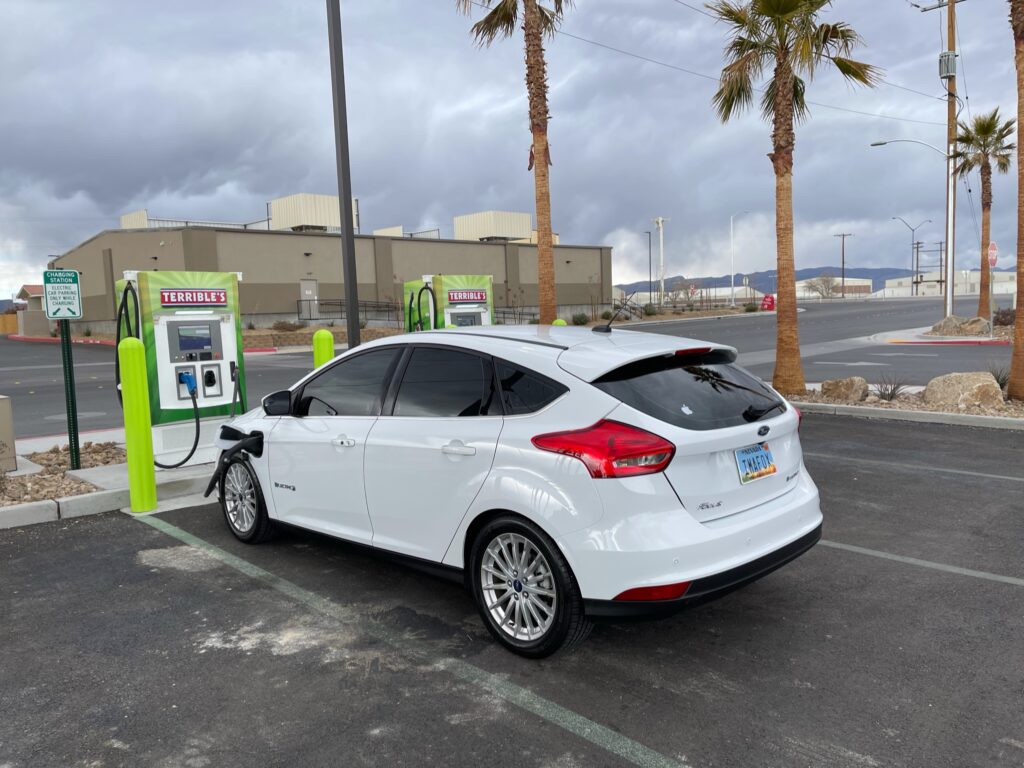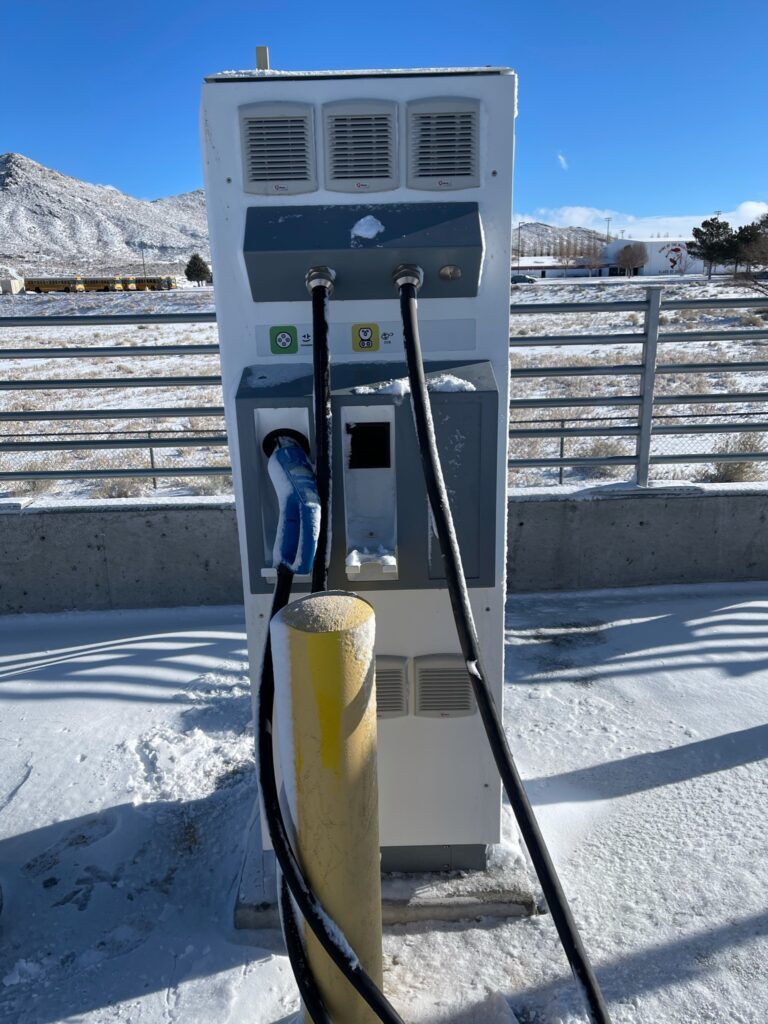Updated annually from a project George started back in 2003.
I share these Fall Fun Facts with you because we are on the cusp of my favorite season. How do I know that fall is right around the corner? For starters the temperature in the Boston area has fallen below sixty-five degrees during the overnight hours – ideal weather for sleeping. I received a message from my grandmother telling me that she has started to can her veggies, meaning that her harvest is done, and I will be making a stop in Tiverton for sauces and marmalades. But the real indication to me that the season is about to change is that the colleges and schools are gearing up for full sessions.
With this in mind I share some Fall Fun Facts as shared with me by my former temporary employee George.
Apple Picking
What better way to celebrate the fall harvest than to get out there in the crisp, afternoon autumn air and do a little of your own harvesting? Take a couple of bushels home and make some pie, bring one to work for lunch, throw a couple at school buses. Use the big pointy-ended basket on a stick to get the good ones up top, eat the ones that have fallen to the ground. Be sure to eat so many you throw up in between a couple of the big trees at the back of the orchard…the possibilities are endless.
There are over 22 orchards in Rhode Island that allow you to ‘pick from their bounty’ (for a small fee) and many of those actually make cider on the premises. Generally the ‘pick your own season begins on Labor day and runs through the middle of October, but with the warmer weather this summer it’s best to call ahead. As an aside, Smithfield has long been known as “Apple Country” to Rhode Islanders and still has a strong agricultural base due to the numerous apple orchards located here.
How nice!
Fall folk tales
It is said that if you catch a falling leaf before it hits the ground you’ll have 1 month of good luck. Catch 12 and the next year will be great…catch 492 and you’ll explode due to luckiness. It’s also said that the luckiest leaf of all is the last one to fall from the tree…unless you’re trying to catch that one and miss it. Then you die.
Just kidding.
You don’t die.
The Do’s and Don’t of Leaf Peeping:
- Do get lost.
- Do observe proper foliage etiquette. If you’re using the back roads to get from here to there as should be done, don’t turn everything into a Sunday drive of Ooh’s and Aah’s. Pull over and let the 46 locals behind you room to pass.
- Do get out of your car to walk, smell and listen…
- Do go to New Hampshire’s Franconia notch to see the spot where the Old Man in the Mountain used to be…don’t say hello to his vacated spot driving 13 miles per hour on route 93 north.
- Do look for changing views from roads with hills and curves that meander through changing vista’s of woods and farms and small villages.
- Don’t rush.
- Don’t panic that ‘peak’ is passing by you. It’s constantly shifting in New England and is a continuum, not a moment fixed in time.
- Moose crossing signs are there for a reason. Ever see a car that hit a moose? Ain’t much left.
- Do wake up early. The colors are most vivid in morning light and dew.
- Do linger to take in late afternoon light. The shadows in the hills are very, very deep.
- Do look up once in a while. Mid-to-late September is when thousands of broad winged birds (raptors, falcons, hawks, etc.) ride the thermals south from the Northeast
- Don’t be a color snob and ignore everything but bright red Do go beyond where everyone else goes. Vermonters have a saying. “When people die, they go to Vermont. When good Vermonters die, they go to the Northeast Kingdom.” (Northeast part of the state.)

